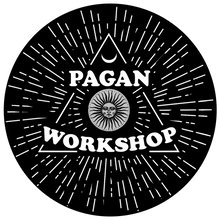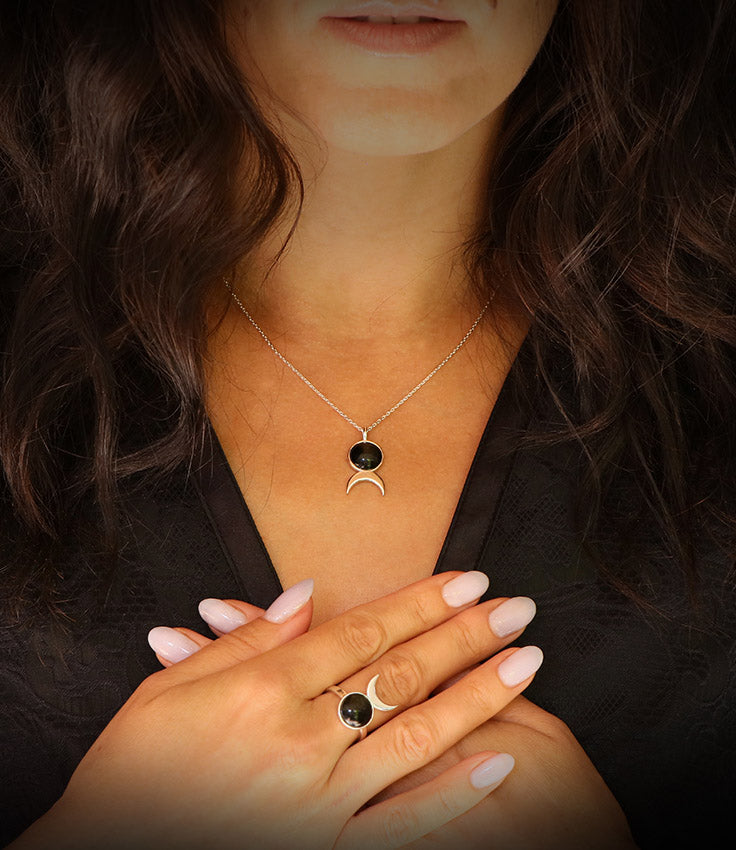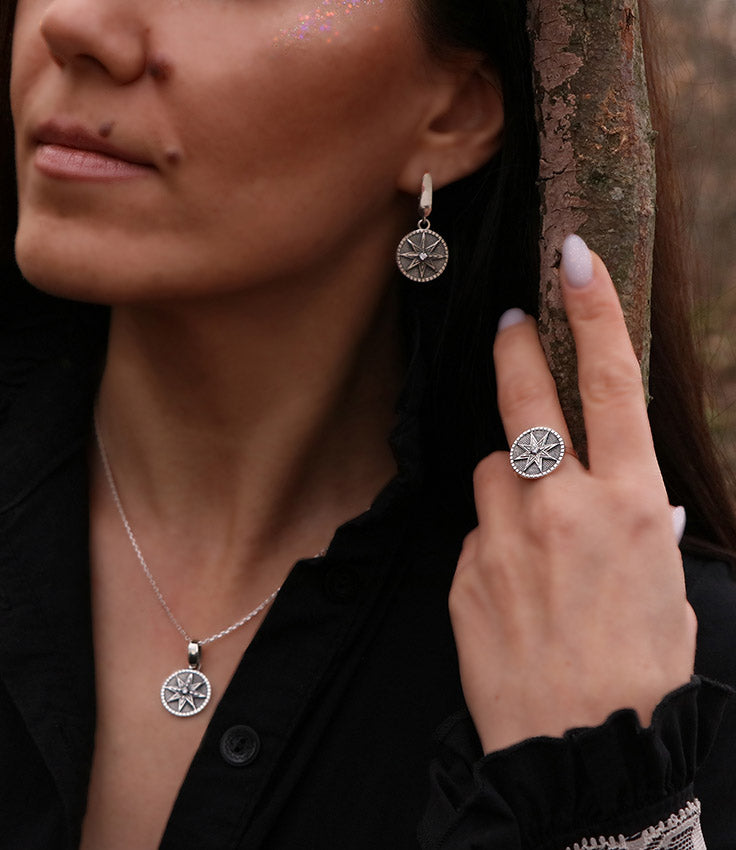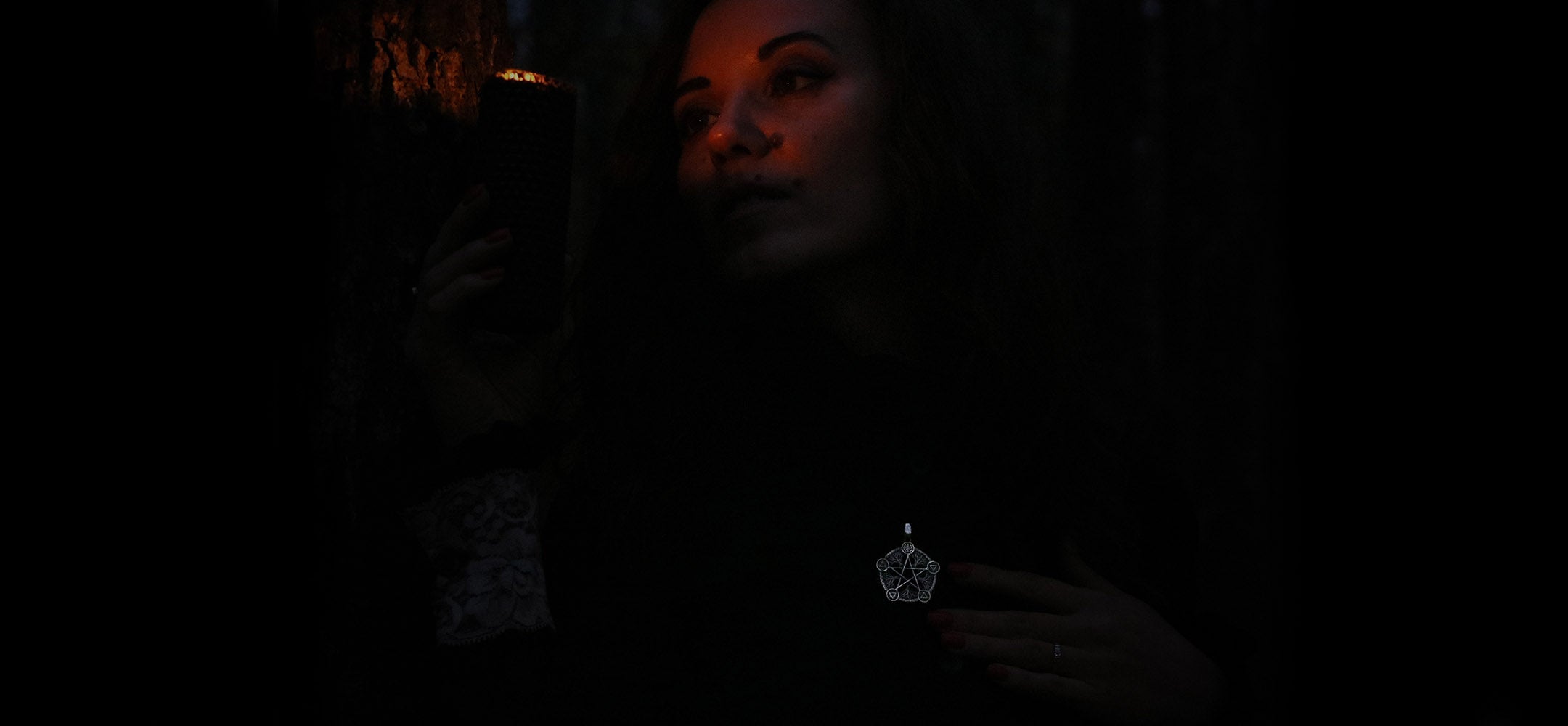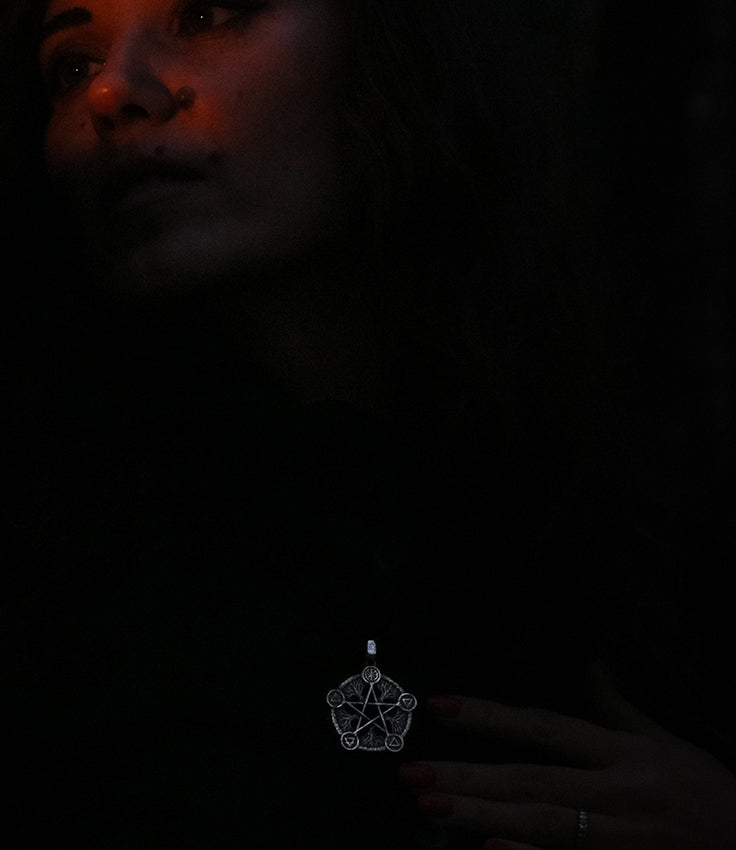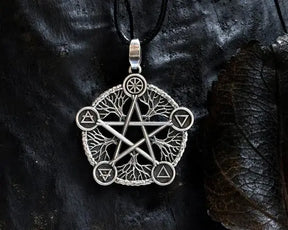Imbolc is a festival deeply tied to the themes of fertility and rebirth, symbolizing the reawakening of the earth after the long slumber of winter. Celebrated on February 1st or 2nd, Imbolc marks the halfway point between the Winter Solstice and the Spring Equinox. This period is one of transition and anticipation, where the first signs of life and fertility begin to stir beneath the frozen surface. The promise of new growth and renewal is at the heart of this festival, influencing many of its customs and rituals.
The Awakening of Nature's Fertility
As winter begins to loosen its grip, Imbolc represents a time when the earth starts to prepare for the coming of spring. Though it may still be cold, the days are gradually becoming longer, and subtle signs of life begin to emerge. Snowdrops and other early-blooming plants start to push through the frozen ground, symbolizing nature's resilience and readiness to awaken. This connection with the renewal of the earth’s fertility was critical for agrarian societies, who saw Imbolc as a time of hope for the coming planting season.
Farmers would begin to prepare their fields and livestock for the growth season ahead. In some cultures, this festival involved the symbolic blessing of seeds and tools for the upcoming agricultural year, invoking the blessings of deities like Brigid, who presides over fertility, creativity, and protection.
Brigid: Goddess of Fertility and Renewal
Central to the symbolism of fertility at Imbolc is the Celtic goddess Brigid, revered as a goddess of fire, fertility, creativity, and healing. In her role as a fertility goddess, Brigid was often called upon to bless fields, flocks, and homes, encouraging growth and prosperity in the coming year.
Brigid’s association with fertility extends to human life as well. Imbolc rituals often include prayers and offerings to her, seeking blessings for physical health, conception, and creative inspiration. Her energy is believed to spark new ideas, projects, and spiritual growth, all seen as forms of fertility and rebirth.
Lambing Season and Livestock Fertility
Another key aspect of fertility during Imbolc comes from the agricultural calendar. Imbolc is often associated with the beginning of lambing season, when sheep begin to give birth to their young. This association with the first births of the year reinforces the festival's themes of new life and the renewal of fertility after winter. Dairy products like milk were traditionally celebrated during this time, symbolizing nourishment and sustenance.
The milking of ewes during this season became an important symbol of life’s cyclical nature. The ewes’ fertility and the nourishment they provide tie into the larger theme of Imbolc as a time of nurturing both physical and spiritual growth.
Symbolism of Rebirth and Spiritual Renewal
Fertility at Imbolc isn’t solely about physical creation or reproduction; it’s also tied to spiritual rebirth. Just as the earth begins to awaken from its winter sleep, so too do people seek to rejuvenate their inner lives. Imbolc is a time for purification, clearing away the old to make room for new growth—whether that be personal, emotional, or spiritual.
Rituals at Imbolc often focus on cleansing and preparing for the future. Participants may symbolically release old patterns, fears, or obstacles that have held them back, opening themselves up to new opportunities. This rebirth of the spirit is echoed in the physical rebirth of nature that is soon to come, linking the personal and the universal in a powerful way.
Modern Interpretations of Fertility at Imbolc
In contemporary paganism and Wiccan practices, the symbolism of fertility and rebirth is still very much alive in Imbolc celebrations. Modern rituals often involve lighting candles to represent the growing power of the sun, invoking personal transformation and new beginnings. Some practitioners also focus on creative projects during this time, channeling the fertility of the earth into artistic and spiritual pursuits.
For many, Imbolc serves as a time to plant the seeds of intentions for the coming year—whether those seeds are literal, such as in a garden, or metaphorical, representing new goals, projects, or relationships. The emphasis on growth, potential, and the nurturing of new life continues to resonate with those who celebrate this ancient festival.
In essence, Imbolc's themes of fertility and rebirth extend far beyond the physical world, touching on every aspect of life that can be renewed, cultivated, and nurtured. From the earth’s reawakening to personal spiritual transformation, this festival reminds us of the power of renewal and the eternal cycles of life.
